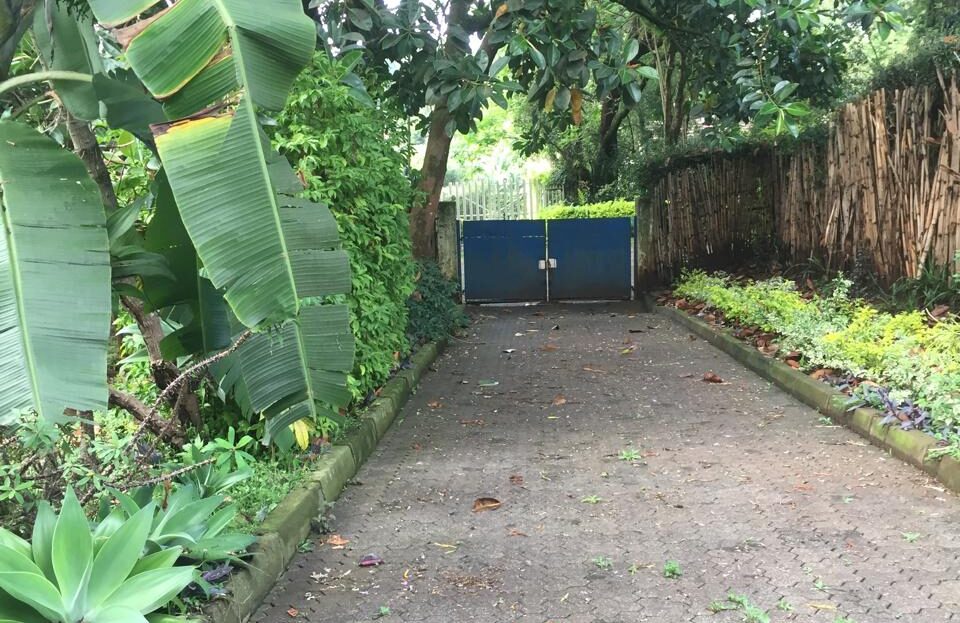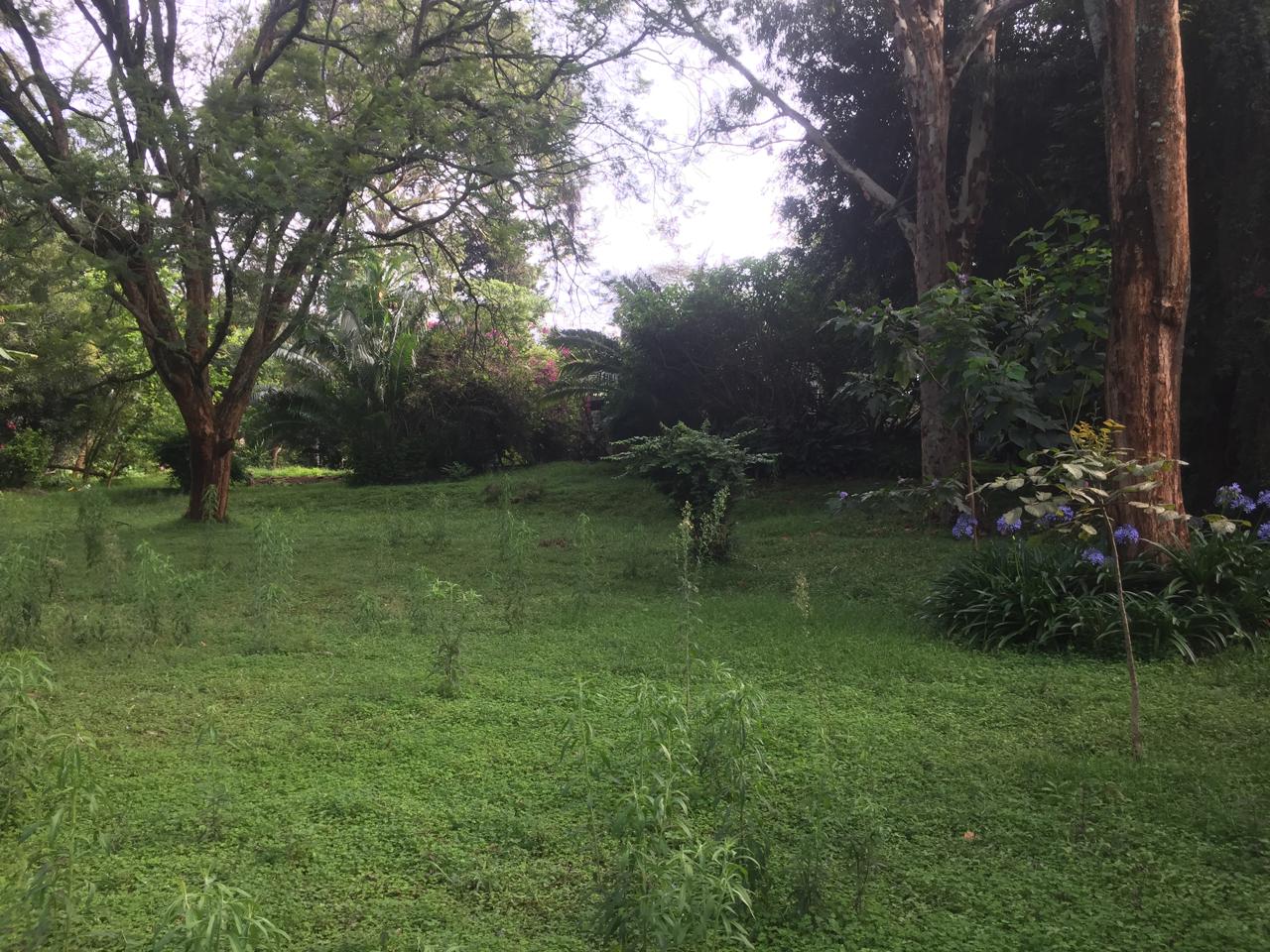Overview
- Updated On:
- December 2, 2024
Description
Description
The highly sought-after prime plot in Loresho Cresent Estate
1 Acre
Flat Land
Rectangular shape
Mature trees
Sprawling bungalow
Clean title
Ready for redevelopment
Loresho suburb is listed by the United Nations and the World Bank as a safe and recommended residential area.
History:
Like many areas within the place of cool waters, the name Loresho is derived from a Maa word – Oloressho that was used to describe the area where a neighbourhood of over 500 homes now sits.
Loresho, the coffee estate
From the Maasai grasslands it was taken over in the 1920s by Hugh Cholmondeley, 3rd Baron Delamere. He put up an expansive coffee estate and built a home with magnificent views of Mount Kenya which even hosted royalty in 1928.
The high altitude, which still defines the chillier than average climate the neighbourhood enjoys, was perfect for growing one of the earliest cash crops generated in Kenya. The challenge was the volatile prices of coffee which didn’t bring in the reward that Delamere had hoped. The plantation set in place the foundation of the duality that Loresho shares with its neighbours.
Several farmworkers resided on the expansive 400-acre farm. When the land was auctioned and sold to help clear Delamere’s humongous debts after his death in 1931, many of the workers were relegated to the outskirts forming the communities that still inhabit Kangemi, Michigwe and Kibagare.
Loresho, the housing estate
Meanwhile, many settler families set up individual homes on large plots around Kibagare Valley bordering Lower Kabete after the breakup of the plantation, an area that still remains a closed and exclusive enclave till today.
By the late 1960s the land was in the hands of the Loresho Housing Company under Savings and Loan. At the time this was an independent bank in Kenya and it undertook a development project of a housing estate.
The project began in earnest. Single residential units of four bedroomed bungalows were built along a winding crescent where coffee once dominated the valley. The earliest buyers took up units in the early 1970s with houses purchased for around Ksh 160,000 each. It became the first completely non-segregated Nairobi estate with large half-acre plots.
The first Loresho home owners
While Africans had started purchasing larger homes in previously white-only enclaves, Loresho was open to anyone who could afford the mortgage. As a result, Nairobi’s growing professionals took up many of the homes – senior civil servants, university lecturers and private sector employees. They all had in common a precious payslip with which to unlock a loan.
The scheme proved so successful that construction of a second phase known as Loresho South began in the late seventies with an additional 200 homes. Land has always been highly valued in Kenya. And while only five years had passed, Loresho houses by then cost upwards of Ksh 400,000.
The growing community
Over time the community of Loresho established itself. The Presbyterian Church of East Africa took up the faith land allotment and set up Loresho Community Church in the 1980s. It started with a Sunday school which began to build societal ties across the vast multiracial estate. While it had a designated shopping centre, there were no buildings until the late 1990s. Until then, two kiosks served the entire community: Kahara’s and Mama Tony’s!
Life was languid in this quiet neighbourhood, served by the 117 bus which only came in twice a day (but always on time). Anybody else needing public transport would have walk a few healthy kilometres away to the Kangemi bridge to catch a 22 or 23 matatu.
For years Loresho was one of the safest spots in Nairobi to live. Gates only closed at night and neighbourhood kids knew whose house to go to by the trail of bikes left out on sidewalks. Games of shake and nyabs would dominate the streets during the holidays.










































